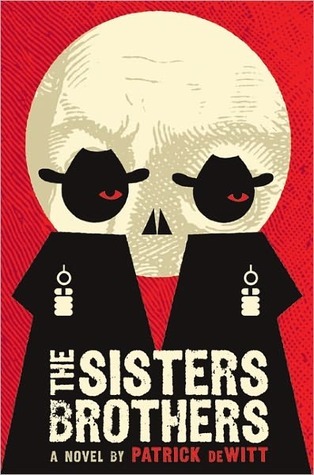Ever since BookCon 2015, I get an email every day from HarperCollins with a list of discounted ebooks. EVERY DAY. I bought a lot of ebooks last year, of course. I enjoy ebooks for their ease of access and portability; I don’t have to purposefully recall to pack a book in my bag for the day, and I can read an ebook on my phone regardless of the number of people on the subway.
Many of the promotional books in those emails were titles or authors I was familiar with, but some were not. In that case, my $1.99 or $2.99 was deemed justified based on both a short blurb and a cover design. This method worked particularly well when I purchased Erika Johansen’s The Queen of the Tearling and The Invasion of the Tearling. I can only keep my fingers crossed that the third book in the series ends up in that promotional email.
But, of course, it isn’t just with ebooks that I’ve enjoyed good bargains and picked books because of a cover and a blurb. I think one of my greatest successes using this method was John Connolly’s The Book of Lost Things. That was purchased during my days as a bookseller at Barnes & Noble, when combining the 30% off employee discount with the frequent buy 2 get 1 free sales was THE BEST. I bought so many trade paperbacks off of sale tables before leaving B&N for a PhD program, most of which are honestly still on my shelf waiting to be read because–well, grad school. I finally read Connolly’s book 6 years into my degree, and I was so happily surprised that the whole novel was an homage to fairy tales.
And that is how I ended up reading a western novel about two brother-assassins during the gold rush.

I don’t know what it was in the blurb that convinced me to read Patrick deWitt’s The Sisters Brothers, but I do know that the cover was appealing. The titular brothers’ heads as the part of a skeletal face, the solid colors and geometrical shapes–all of these elements together seemed to me a good indication of some sense of humor, and perhaps even elements of fantasy.
Death, however, was not an anthropomorphized character as much as an inevitability for two infamous assassins, hired to kill one man and unlucky enough to stumble into many other scenes of death and murder. And although the early part of the story hinted at a curse thrust upon the younger brother Eli by a mad woman and his noble attempt to save his horse from a bear, there was no obviously magical or fantastical follow-through on that front.
I did enjoy the dry wit of Eli, the book’s narrator, and of various situations within the plot. The younger brother spends the whole book imagining ways he could get out of the hired assassin business, since he hopes for a quieter life. He is pleased by the demeanor of a milliner and hopes to open his own shop when their current task is done. After a nasty dental problem, he learns of toothbrushes and toothpaste, and takes up dental hygiene as a good and civilized habit. He goes on a diet to impress a woman by losing some of his bulk, an impossible task without the harassment of waiters and cooks at simple restaurants only serving heavy foods and ale. All of these actions are seemingly out of place at first, but as the reader develops an understanding of the protagonist, what really seems odd is Eli’s job as an assassin, which doesn’t fit his temperament at all.
Another gratifying element of deWitt’s novel is the interaction between Eli and the various people he encounters. There is an authenticity to his person, a caring side that his brother Charlie completely lacks, and this caring colors the way he sees the world around him. Eli is a generous man who can’t stand a bully and who appreciates hard work and ingenuity more than money and force. The brothers are so different that at times it’s hard to understand at all how they work so well together, but then, it’s only when they are doing the job of killing that they are able to communicate clearly between them. During any other conversation, they bicker like young children or ideological enemies, usually to comic effect.
Death and dry wit make a lovely pairing in deWitt’s The Sisters Brothers.